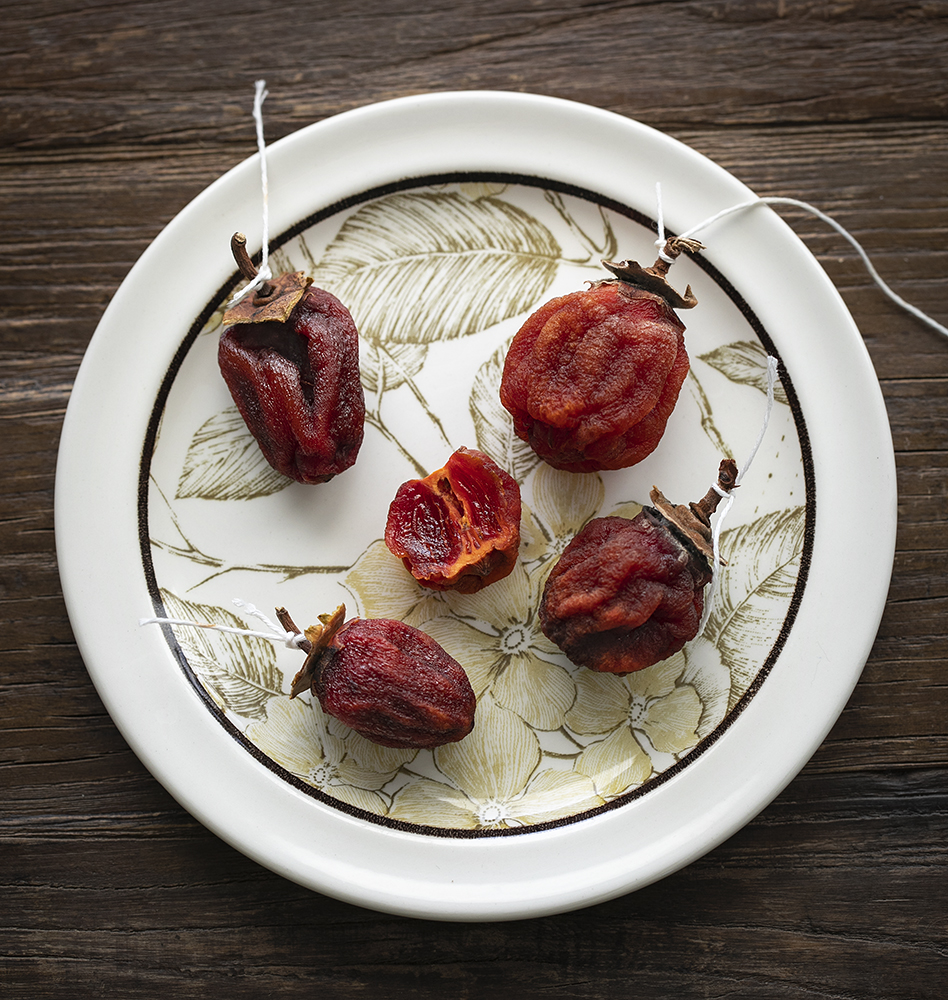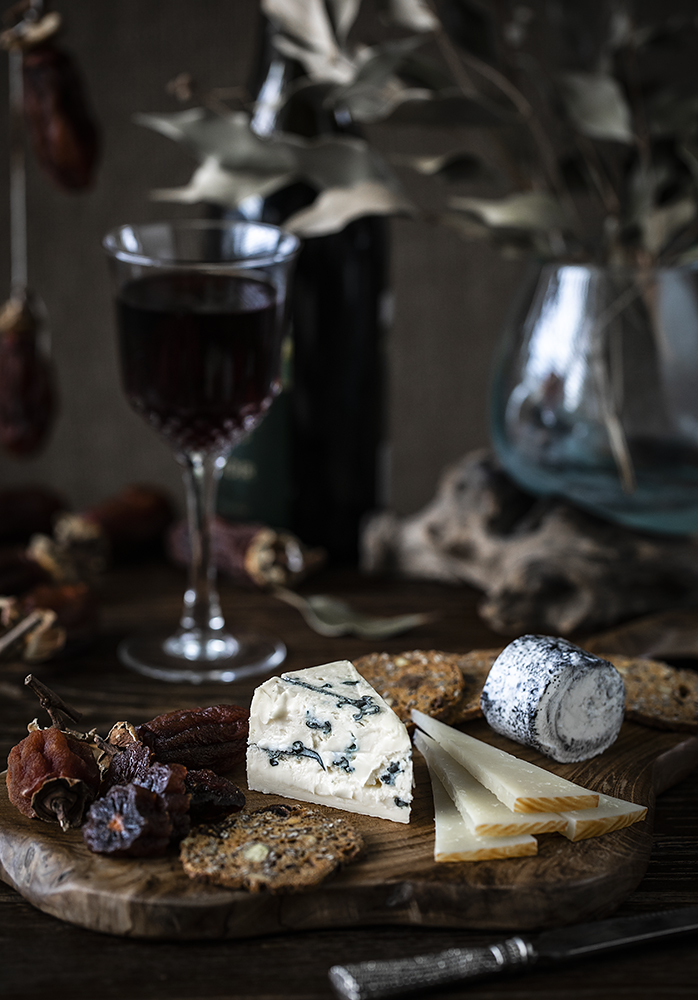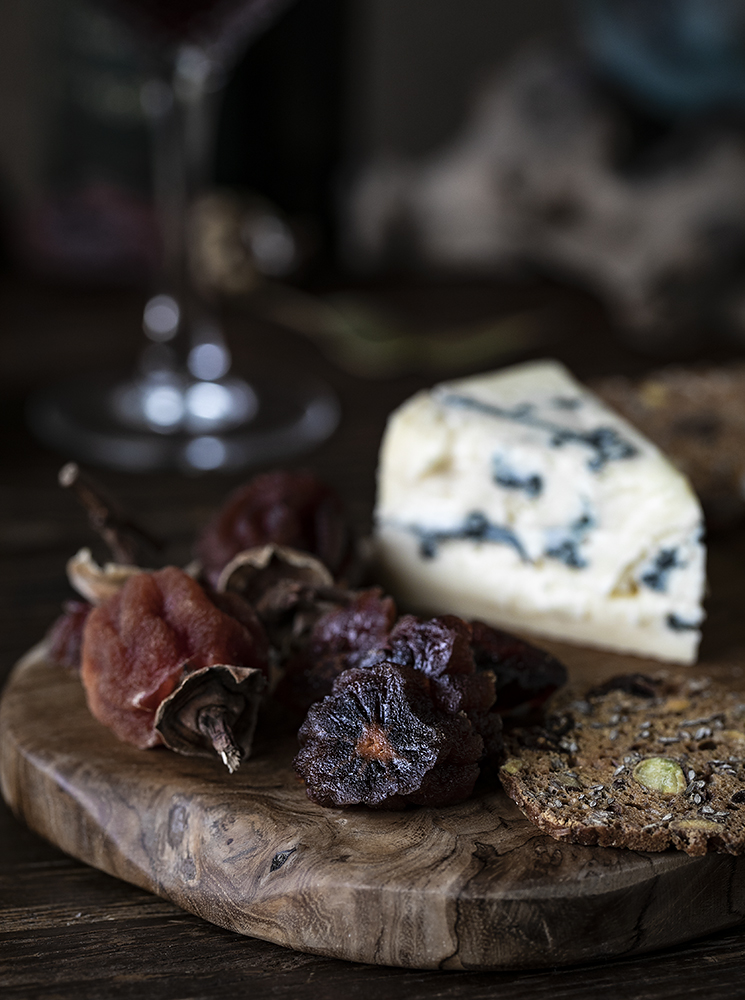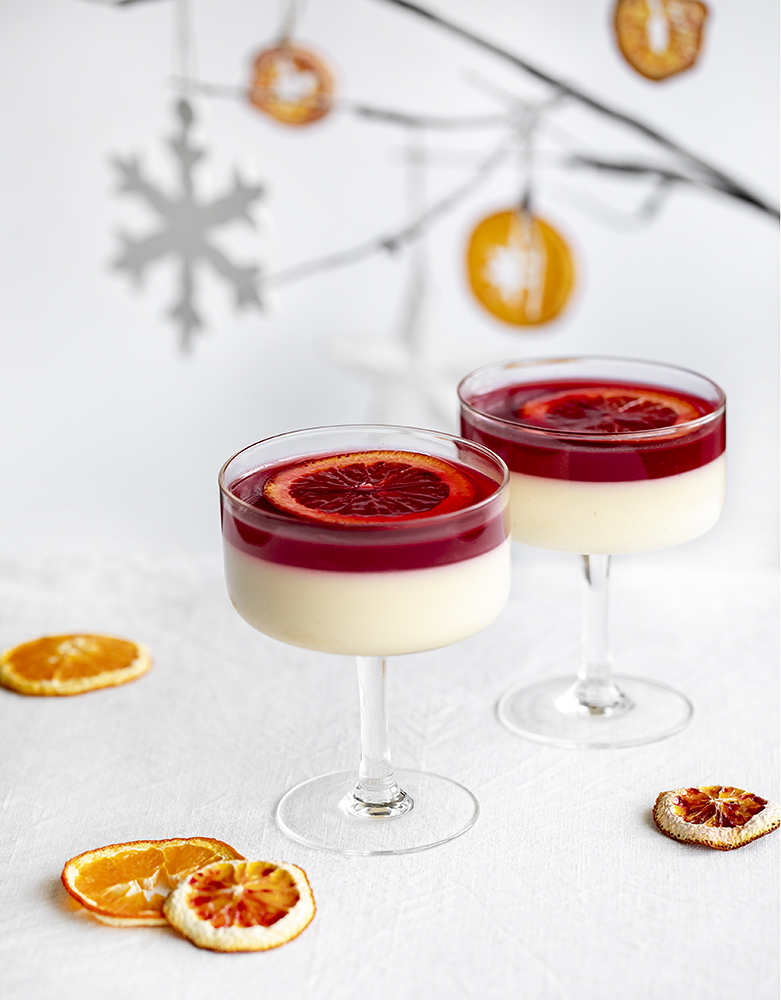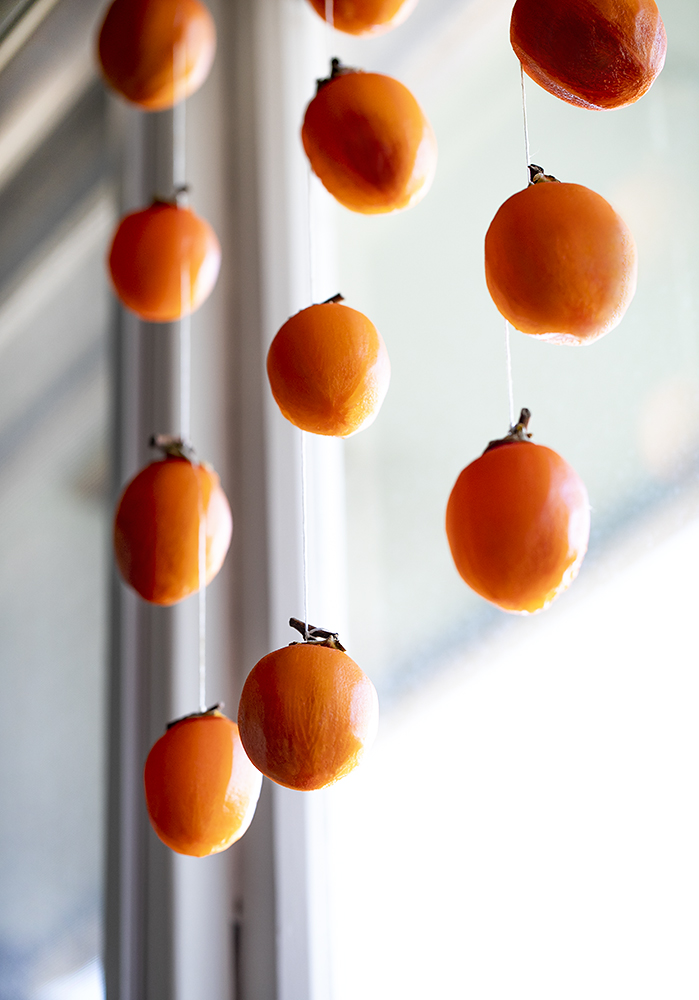
Are you familiar with hoshigaki, shockingly delicious, melting in your mouth amber coloured air-dried persimmon with a caramel flavour? These labour-intensive Japanese sweets made from peeled persimmon fruits hanged on strings and air-dried during the winter. The fruits are massaged during the drying process, it gives absolutely amazing mellow gelatinous texture. I tried to make hoshigaki in New Zealand winter conditions from two types of persimmons Fuyu and Hachiya.
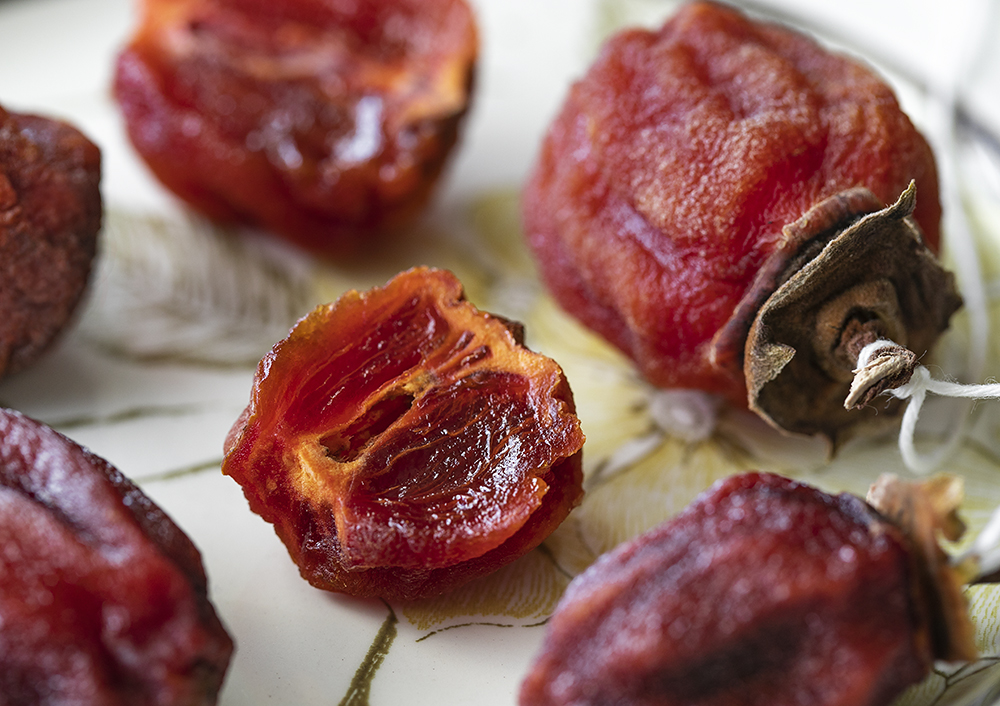
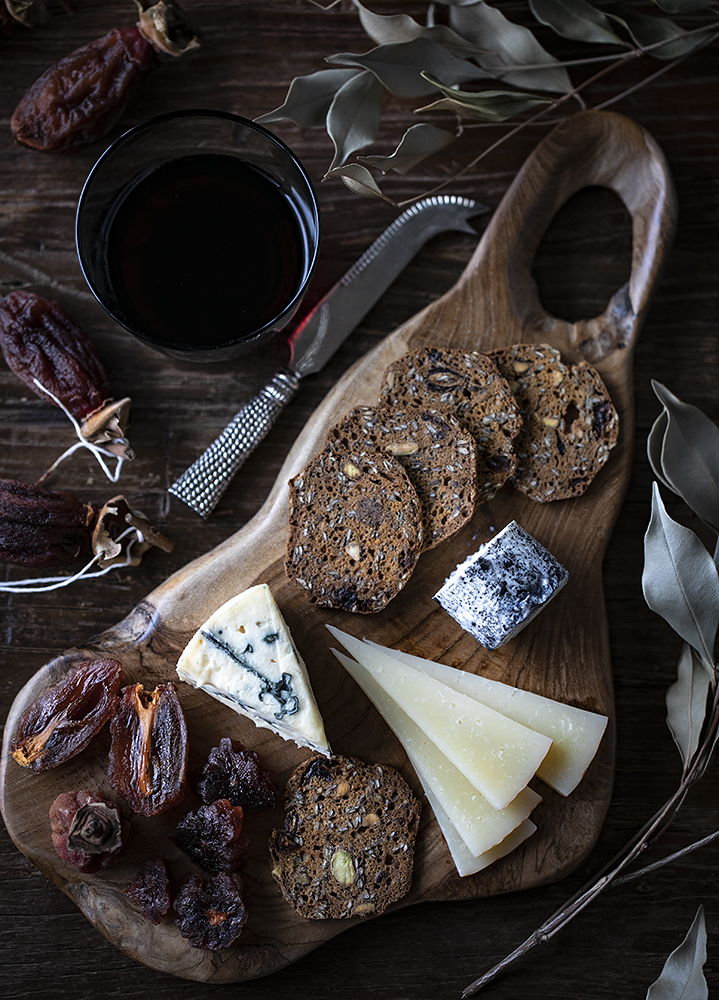
It’s not really dried persimmon and has a short shelf life. Traditionally hoshigaki made from Hachiya persimmon, acorn-shaped persimmon with very astringent taste but high sugar content. It’s all about Japanese ability to make perfection from imperfection. And a great example of preserving food for wintertime, it was created when the only fruit available in winter months was citrus.
I really miss our trips to Japan and Japanese treats. I hope that the borders will open soon and I can continue my studies of the beautiful Japanese culture. But while this is not possible, I decided to do this wonderful project, try to make hoshigaki in New Zealand using local fruits.
To make hoshigaki you will need persimmons with a short stem to fasten the rope. Give preference to ripe yet firm fruits that hold tightly to the branch. The persimmons sold in the store usually do not have a stem, so I decided to go to the PYO farm located in Helensville, many thanks to my friend for showing me.
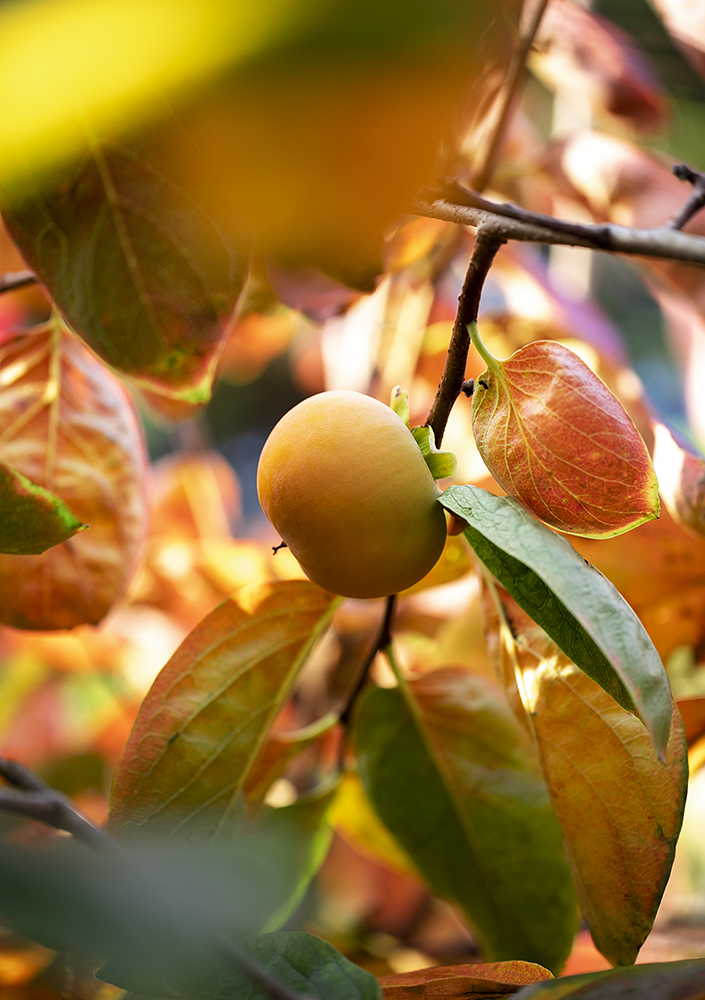
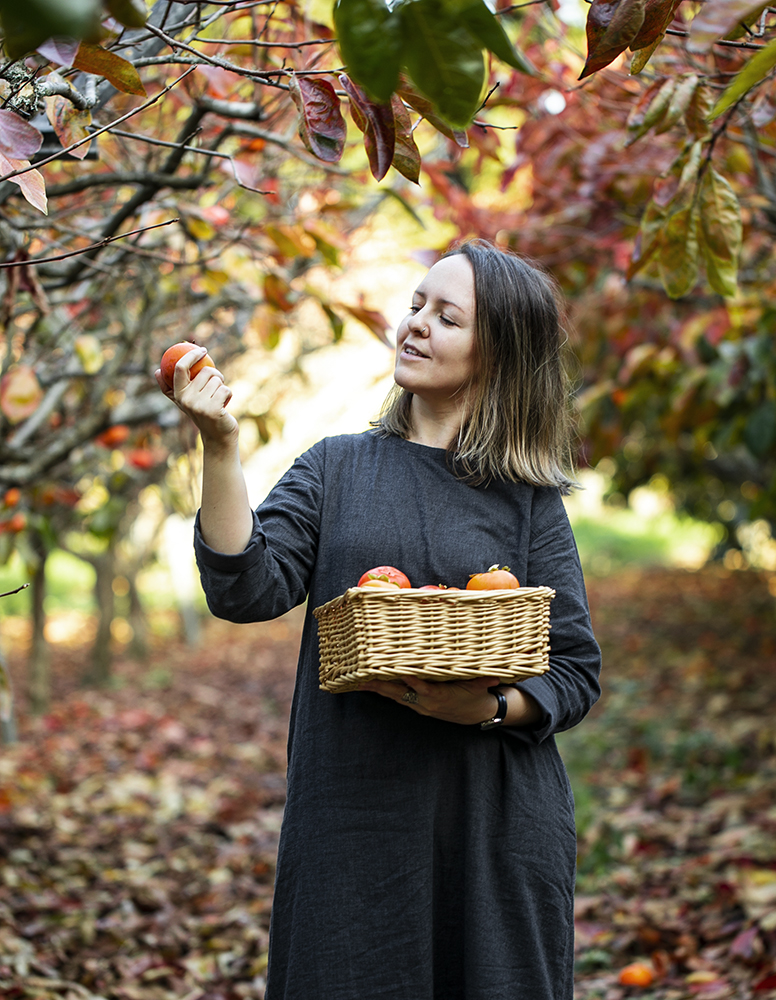
The farm grows a persimmon variety called Fuyu which is most commercially grown persimmon in NZ. The fruit has a tomato shape. Fuyu persimmon is not astringent, firm, juicy and sweet. It has apple-like crunch, but especially delicious when overripe and turned into amber colour jelly pudding. BTW you can reach this texture just throwing the fruit into the freezer overnight and then thaw it.
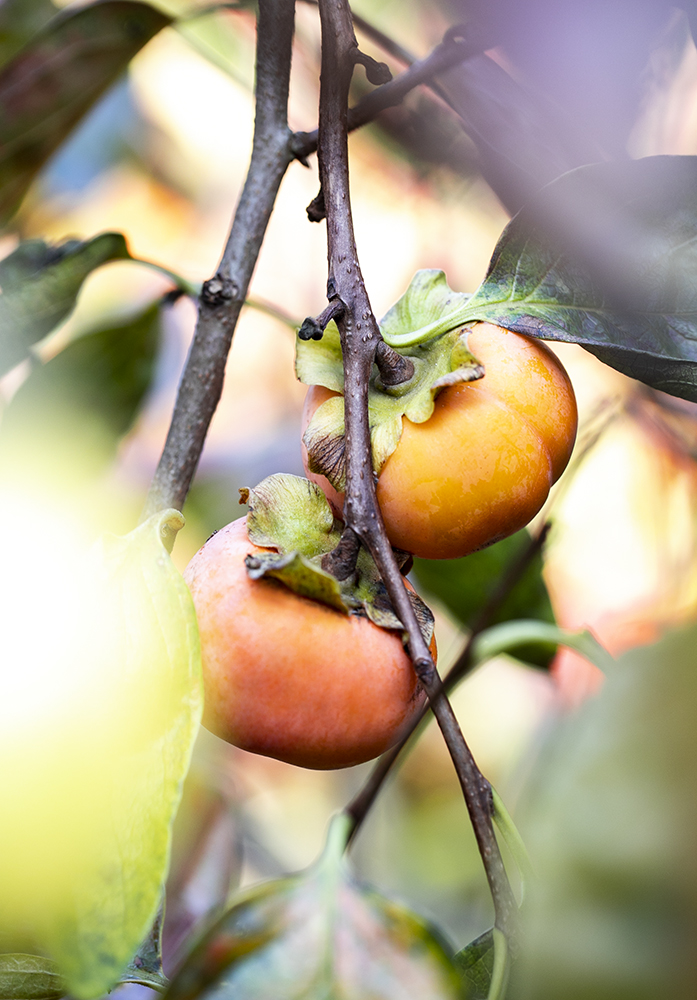
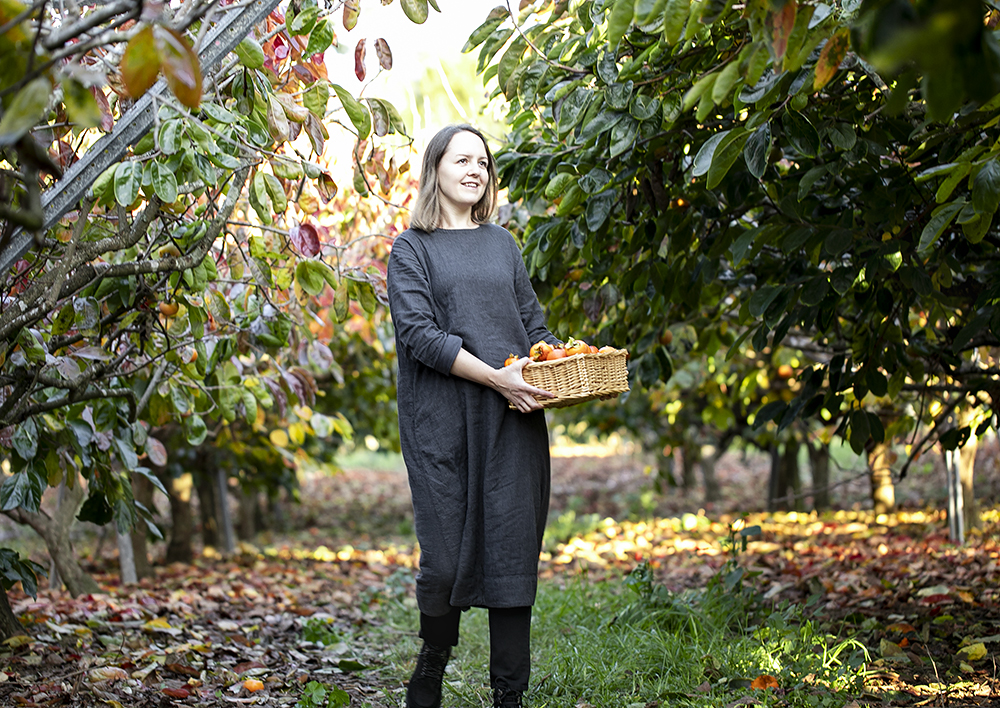
Why not try making hoshigaki from Fuyu persimmon? Let’s see what happens.
On the farm, I picked fruits of various sizes and degrees of ripeness to see which ones are more suitable for hoshigaki made in the conditions of the New Zealand winter. Small fruits dry faster, but because they are greatly reduced in size, you end up with very little end product. So I decided to give preference to large fruits. Keep in mind that the fruit must be of very high quality, without mould and blemishes, free from insects and damage caused by them. To check the fruit pull the green leaves around the stem, usually, insects hide around stem under leaves. It is very important to keep the fruit as clean as possible to prevent mould, I will get back to the details later in my article.
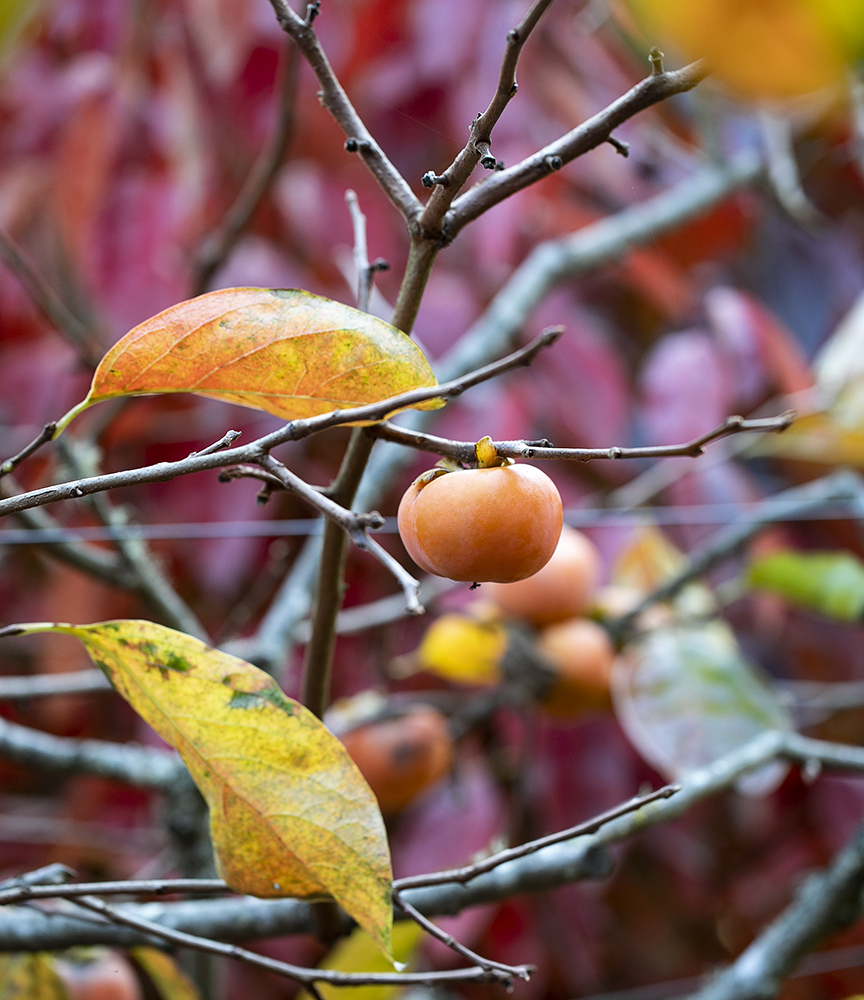
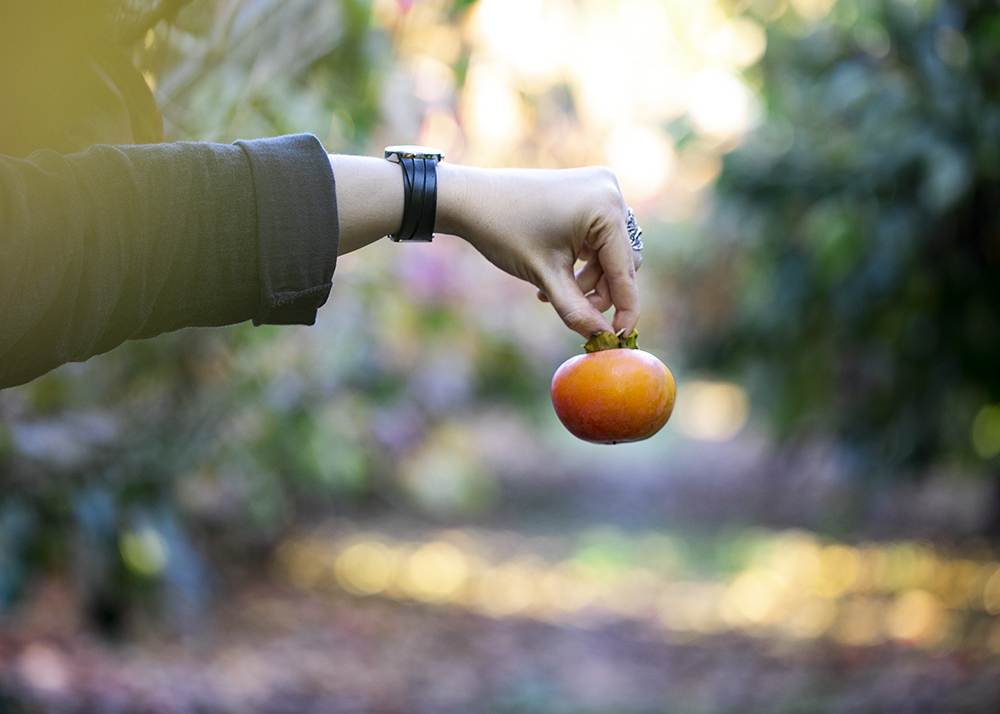
Wash the persimmon thoroughly and pat dry on a clean towel. Peel the skin using a peeler or vegetable knife. Tie fruit on a clean rope with several fruits each. Before hanging the fruit, I recommend dipping it in boiling water for a couple of seconds along with the ropes or simply pouring it over with boiling water. This step will help prevent mould growth. Hang the persimmons in a clean place with good air circulation, away from sources of mould or other fermented foods. I put this in a room with a dehumidifier running, it works great in humid NZ winter conditions. The drying process takes about three weeks for small fruits and a month for large ones. Massage the fruit gently with clean hands every day. Massage gives an especially gentle texture.
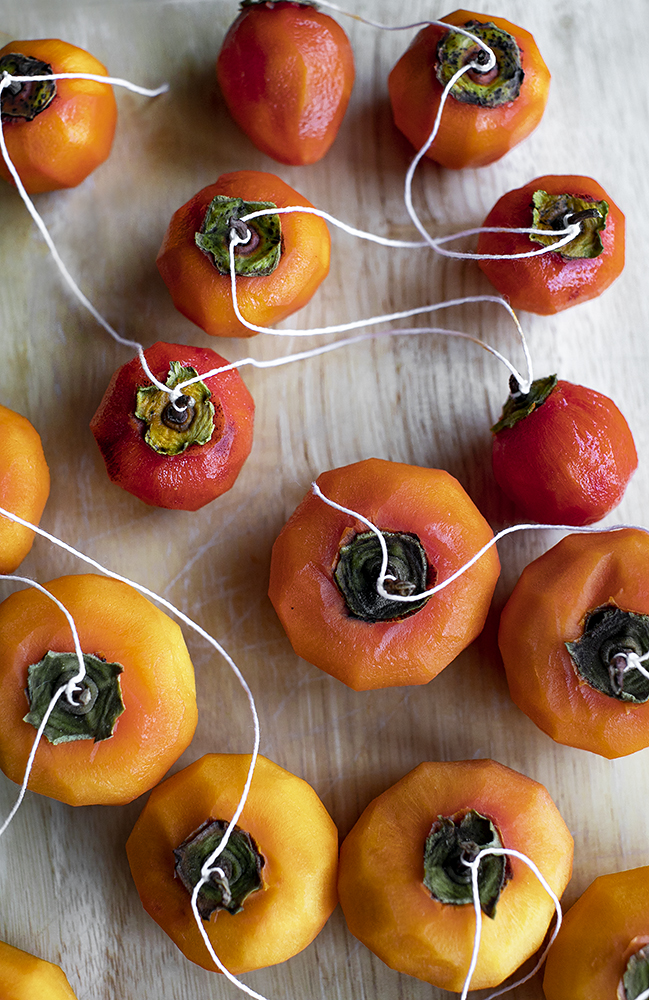
Traditionally in Japan, persimmons are hung outdoor under a roof where air circulates freely. Unfortunately, this method only works if you are making hoshigaki from Hachiya persimmons. The Hachiya persimmon is very astringent but also high in sugar. Sugar is a natural preservative that prevents mold, while the astringent properties of Hachiya persimmons disappear during the drying process and you get an incredible honey texture.
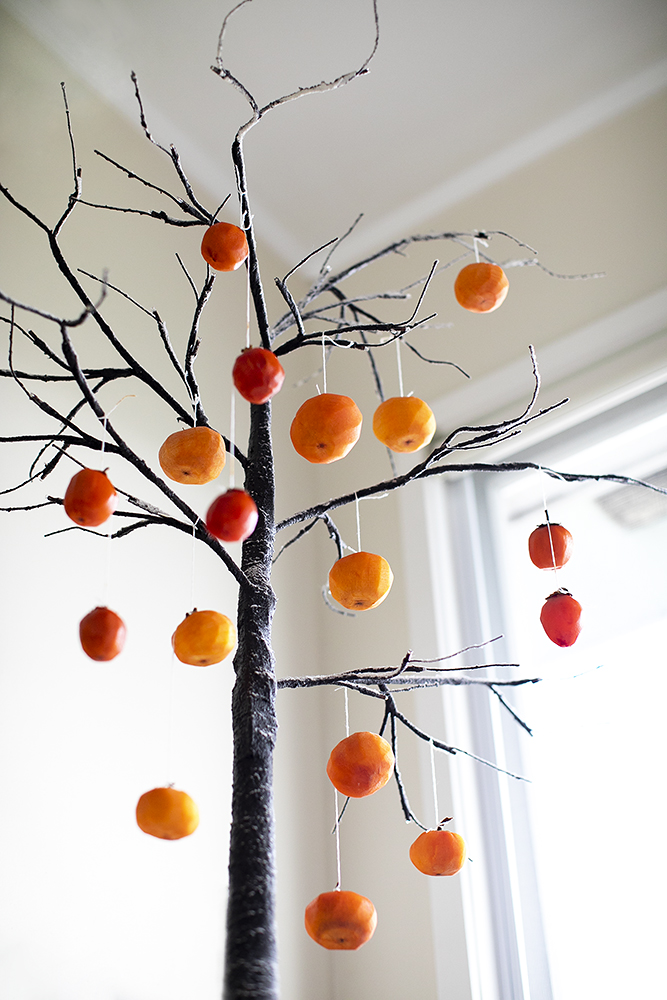
While I was working on this project, my friend Neville from NZ Yuzu, who turns out to be able to read my thoughts, sent me real Hachiya persimmons of high quality that had just been picked from a tree. Neville is a legend, he grows persimmons, yuzu (famous Japanese citrus), finger limes, ume (Japanese plum), wasabi, myoga ginger and many more.
Could you imagine how lucky I am! I repeated the whole hoshigaki process using Hachiya persimmon this time.
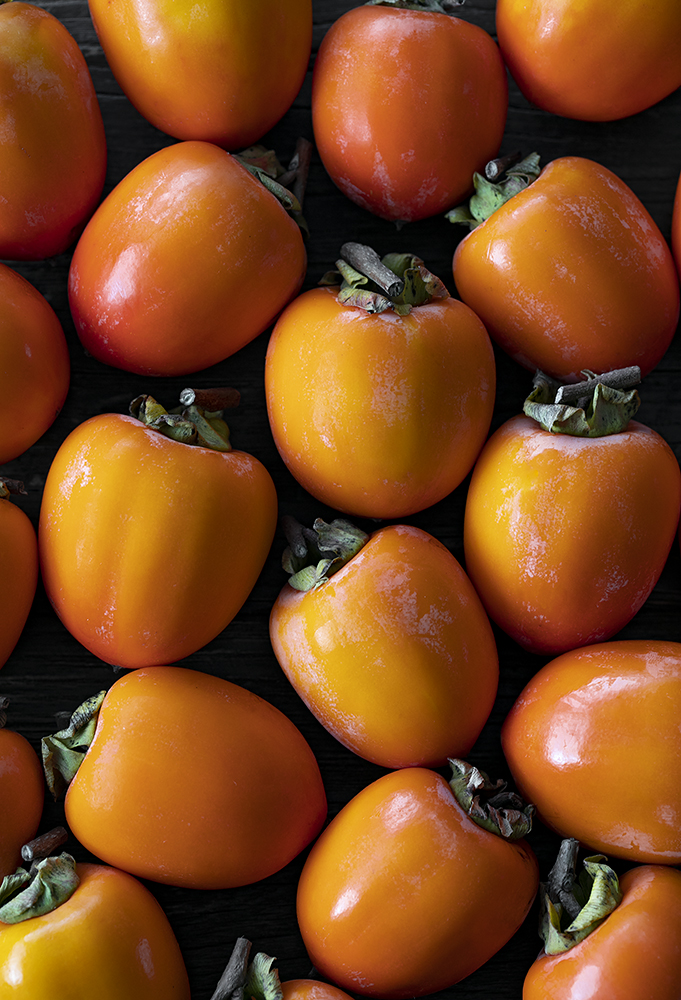
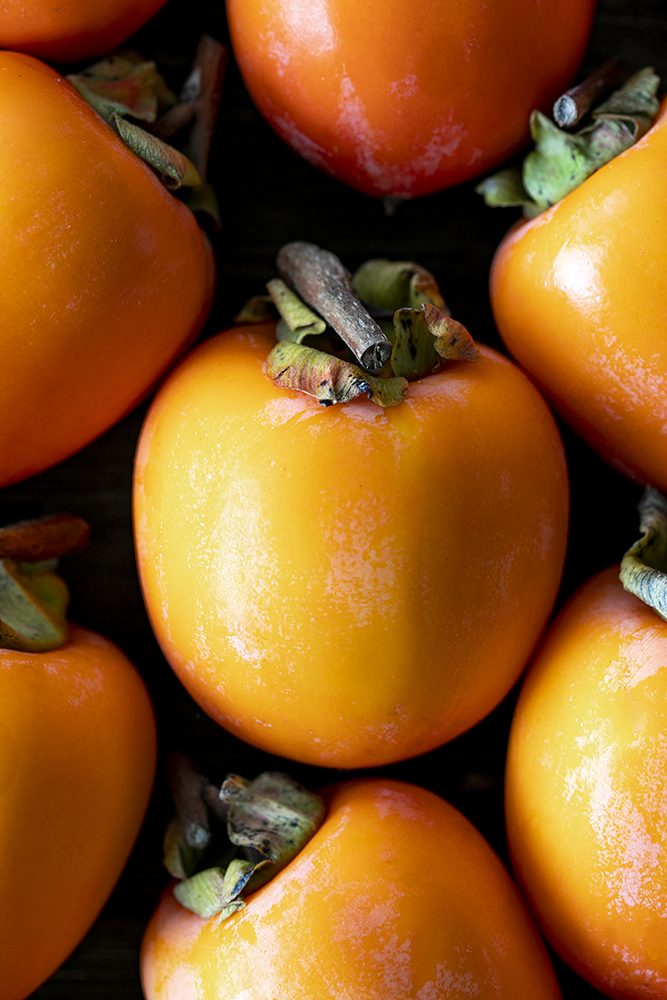
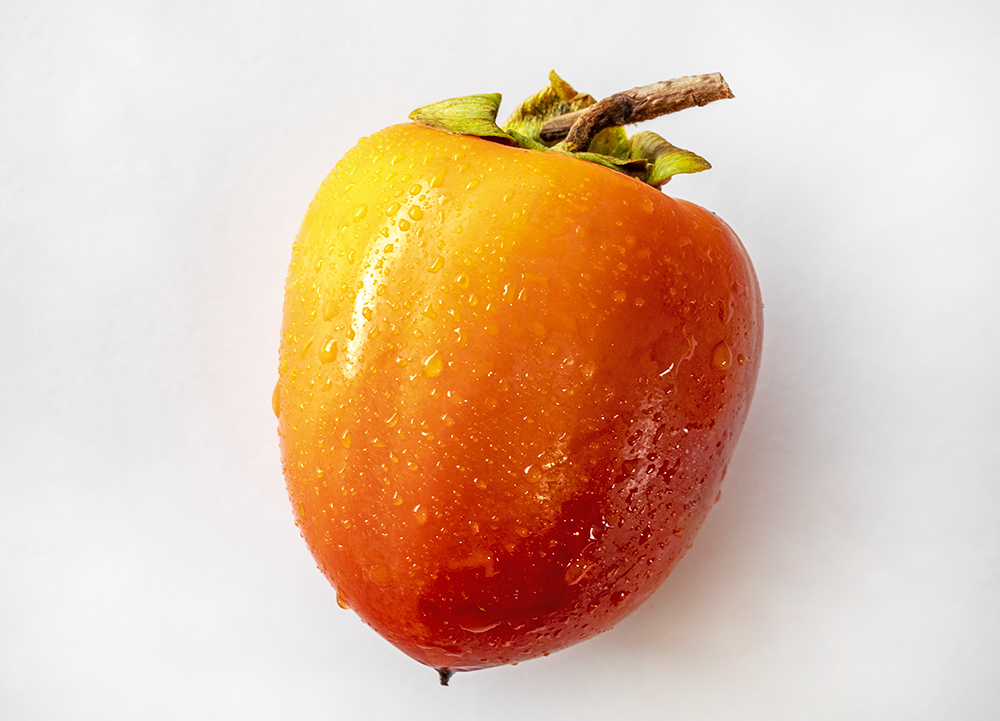
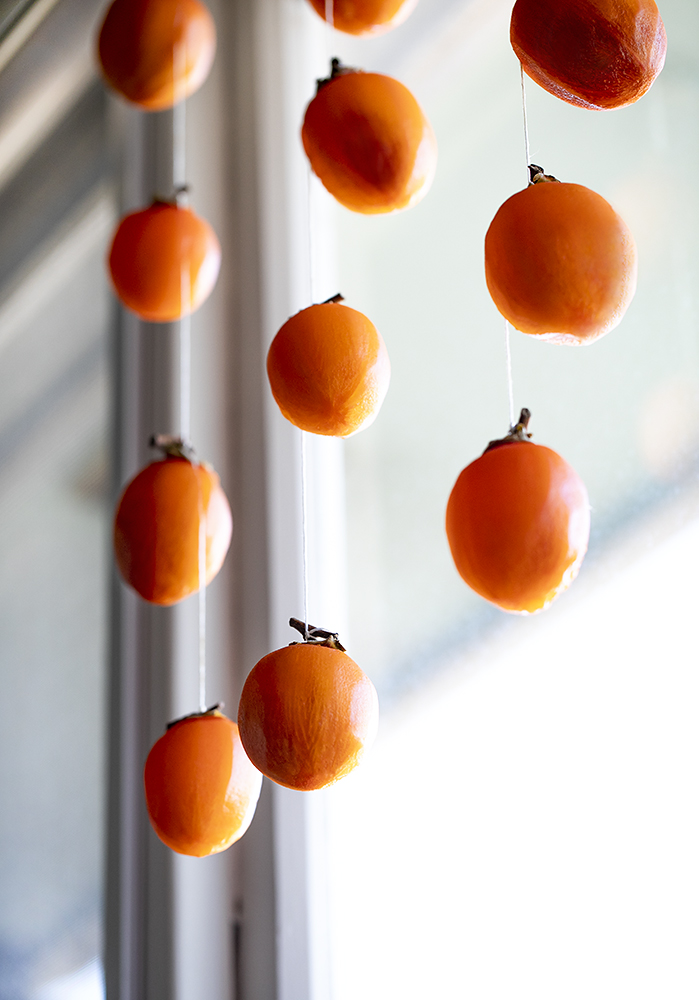
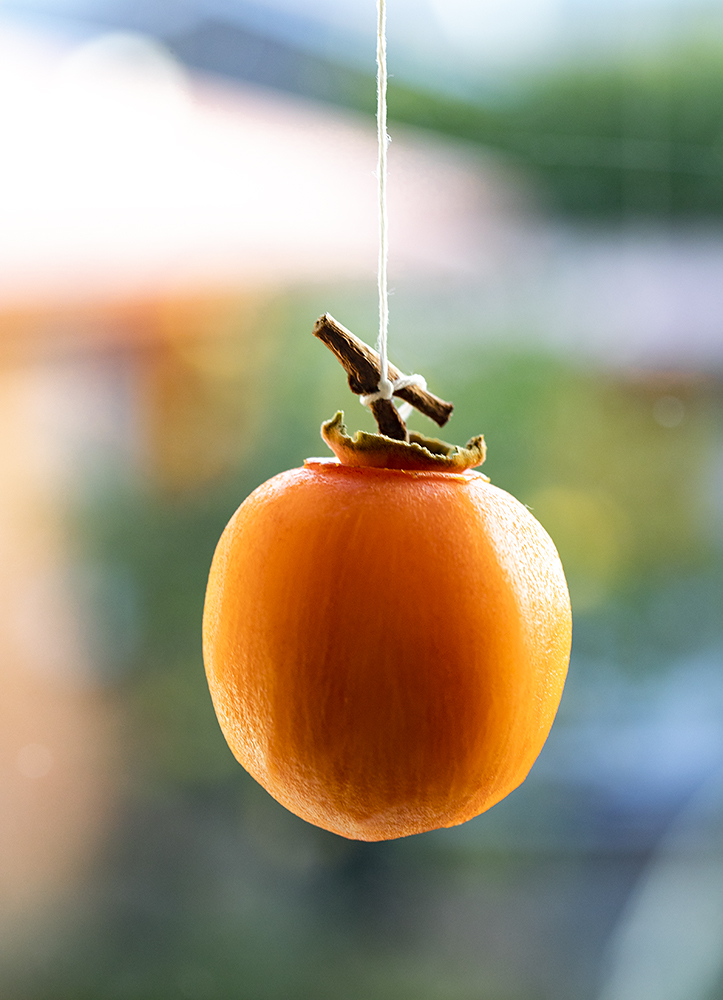
In conclusion, I can say that I was pleased with the taste in both hoshigaki made from Fuyu persimmon and Hachiya persimmon. The Hoshigaki made from Hachiya was more like the one I tasted in Japan. It was also easier to make because the high sugar content prevents mold.
How to serve hoshigaki. Hoshigaki is absolutely delicious natural sweets. Personally I prefer to serve it with a cup of Japanese green tea, matcha or roasted buckwheat tea. Hoshigaki also suits very well with cheese board. If you travel to Japan do not miss the chance to try the famous Japanese sweets, chestnut-filled hoshigaki, a real treat.
How to store hoshigaki. Store hoshigaki in a clean container or jar in the fridge for up to three months.
